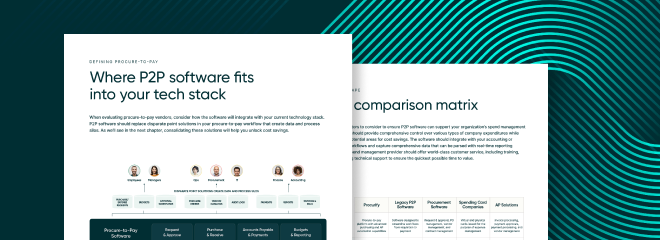Financial Planning for 2022? Here’s What to Expect
36 percent of U.S. and U.K. organizations are planning to upgrade their spend management and expense controls in the near future, according to PYMNTS.com.
For finance leaders everywhere, this is a warm and welcome statistic. If the previous two years have taught us anything, it’s that flexible, decentralized, and highly-controlled spend management platforms are the key to surviving the new world of work.
To add a little context: 2020 saw expense report violations rise by a whopping 292 percent. Without a doubt, this rise will have impacted other critical areas like cash flow forecasting, budget management, and profitability, leaving many organizations on the brink of survival.
Next year, this story will continue. But with it, there will be new opportunities, as well as a continued feeling of uncertainty.
Here’s what to expect from spend management in 2022.
1. Automation will be the standard
Let’s start with the obvious: 2022 will bring with it a continued rise in automated technologies.
Operational efficiency and reduced administrative costs are the keys to greater productivity and faster purchasing times, and the only way to achieve this is to streamline finance processes.
Approval workflows, automated procure-to-pay processes, and automatic audit trail creation are three priorities for finance leaders to focus on in 2022, and with it comes greater control and visibility into end-to-end spend management.
2. Decentralized spending will be the norm
84 percent of teams say that better spend management systems will improve their opinions of their employers. What’s more, 78 percent believe it makes them more productive workers.
Red tape is an oft-heard problem around most virtual office corridors. For many teams, slow procurement workflows create bottlenecks that are hard to overcome. In turn, this creates frustration, burnout, and workplace unhappiness.
In 2022, decentralized and autonomous spending processes will become critical to empowering teams to work fast, work smart, and work hard. Overall, this contributes to competitiveness.
With the right spend management platform, organizations can continue on the trajectory of rapid growth while enabling teams to purchase what they need, when they need it, without having to give up control.
3. Teams will have access to budget planning tools
Traditionally, budget planning is reserved for finance and leadership teams, and in many instances, this creates a disconnect between teams and the money they spend on the things they need to perform highly.
In 2022, this has to change. Budgeting tools do two things:
- They minimize the chances of error in your financial planning; and they
- instil a proactive spend culture that creates greater accountability.
Sure, team leads will likely continue to set budgets, but whole-team visibility into budgets (and in real time) is the key difference between aimlessly spending, and thinking before placing a request for an order.
4. There’s a growing importance on supply chain management
Supply chain disruption continues to ripple out across every corner of the globe, and many organizations are pivoting their strategies to ensure the timely delivery of goods and services.
Paired with the urgent need to procure ethically-sourced products and ‘go green’, many spend management and supply chain leaders are rethinking their vendor management. Locally-sourced goods and services, for instance, are gaining in popularity. Consequently, leaders everywhere are negotiating contracts to try to reduce backend administration costs.
Through 2022, this change across the landscape of supply chain management will continue. Finance leaders will conduct in-depth vendor analysis in order to find cost-saving opportunities, and supply chain leaders will seek local and ethical goods and services to help cut delivery timelines and, more importantly, protect the environment.
Flexibility is the key to success in 2022
Steady forward planning is now a thing of the past. Instead, finance leaders must work with short-term forecasts and remain ready to adapt to an ever-changing environment. In 2022, the key to smart and simple spend management is flexibility.
What does this mean? Well, it means remaining flexible enough to adapt to extraneous circumstances. It also means building a spend management framework that promotes efficiency and drives to remove red tape. Finally, it means offering flexibility to your ‘boots-on-the-ground’ teams who physically purchase goods and services. This allows them to buy what they need, when they need it, at any time.
